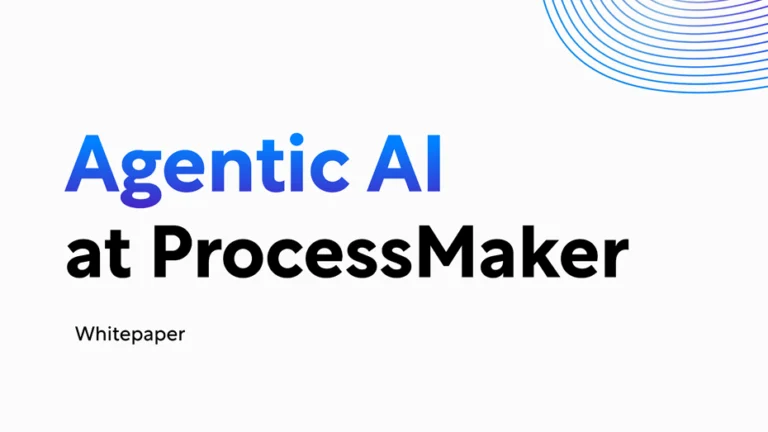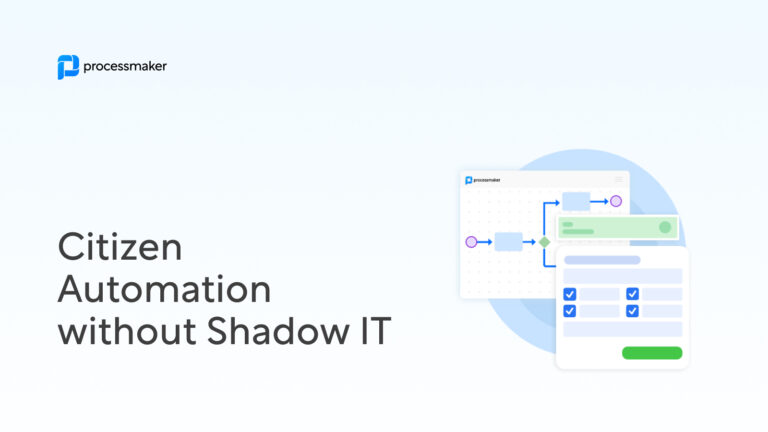A favorite topic of summit speakers, you probably think you’ve heard enough about Operational Excellence by now. The phrase itself might conjure stale muffins, full hotel ballroom lighting, and an orchestra of hushed click-clacks as people try to type out a stealthy response to their boss’s latest email. But OPEX is more than a subject that’s always on the conference docket: when you really dive in, it’s a powerful strategy to catapult your organization to the next level.
Underscoring Operational Excellence is a relentless drive to improve
It’s not a one-shot destination on a map, but more of a traveling salesman problem, a renowned mathematical quest to find the most efficient route for a staffer to visit their assigned client base. You identify what “stops” or tasks must be performed and continuously try to find the best way to hit everyone without wasting time. Maybe you rearrange the order, introduce new players, or cut certain paths altogether. Considering that there are 15 trillion trillion possible routes for a driver with 25 packages to deliver, you can always find a better way.
OPEX cuts out fluff, deadweight, and shortcuts—it’s a laser-like focus on what’s essential to your organization’s success and the best methods for achieving your goals. Each day you intend to garner a deeper understanding of how tasks flow between your people, winnowing steps, wasteful practices, and unfocused behaviors to get two steps closer to your goal. It’s a spirited, always-changing methodology, and with these five important elements you can start making big strides.
The Key 5 Elements to Operational Excellence
Vision
Your vision serves as a crystal-clear roadmap, a die-hard practical codex helping your team perform the right work and weigh potential ideas. When faced with a challenge, your vision helps them determine the right move.
People can only mimic detailed movement—consider a dance teacher that says, “just move your arms a bunch,” vs. one that walks you through voguing. So don’t be afraid to get specific—a vague commitment to “quality” and” customer service” is a nice sentiment, but that doesn’t help staff understand how they should operate at your company vs. another brand that appreciates the same concept. Take a stand with your vision so staffers and customers know precisely why you’re in business.
Customer Value
Creating real value is more than drumming up a few brilliant ideas—they need to be rooted in products or services that your customer needs. This is where you pinpoint precisely why your organization exists. Everything you do—your chosen processes, whom you hire, and what software you use—should revolve around satisfying your customer. Determine what matters most to your customers and make sure everything your team focuses on is committed to hitting that mark.
Processes
A thorough understanding of how things get done is critical to a powerful OPEX strategy. Here’s where you outline the “stops” along your journey toward excellence. What must be done to achieve your goals? Who’s responsible for what? Is cross-collaboration welcomed, or are departments expected to work individually? How do different elements of your organization work together?
Organizations with successful OPEX strategies turn to practices like process mapping to really dig into the details. It’s a series of tools you can use to analyze the flow of work that churns through your company. With a thorough proceeds map, you can start to highlight redundancies, reveal unnecessary tasks, and identify areas for improvement, automation, or resource infusion.
Team Culture
Your team needs to steward your vision, actively personifying its core concepts with every task completed and customer encountered. This requires an intimate understanding of how your team should operate to execute on your vision—and providing them with the agency to do so.
Empowered team members know how they contribute to the organization and how their role fits into the bigger picture. They feel empowered to solve problems and make on-the-spot decisions. They also know when they’re faced with a problem they can’t address alone and know exactly whom to approach for help.
For example, if you cherish customer satisfaction, you might allow your team to apply free shipping or provide store credits to dissatisfied customers. In the case of the Ritz-Carlton hotel chain, staffers can gift up to $2,000 in guest upgrades to ensure a remarkable stay. Similarly, email provider MailChimp is known to send out goodies like quirky hats and shirts to users that experience significant challenges.
Toolbox and Resources
To deploy your vision and deliver value, your team needs the right tools in hand. Your vision can help guide your tool selection. Committed to customer service? Make sure your team has the right software in place to handle support tickets properly and monitor their progress. If you appreciate speed, accountability, and collaboration, a business process management platform should be at the very heart of your organization. You can automate repetitive tasks, easily assign responsibilities, track task progress, and easily pass updates between departments.
Like Zeno’s asymptotic Race Course Paradox, OPEX is one keyword: relentless. You’re always halfway to excellence: technologies innovate, customer preferences change, and market factors shift. With these five elements in place, your organization can start making more significant leaps towards efficiency.





